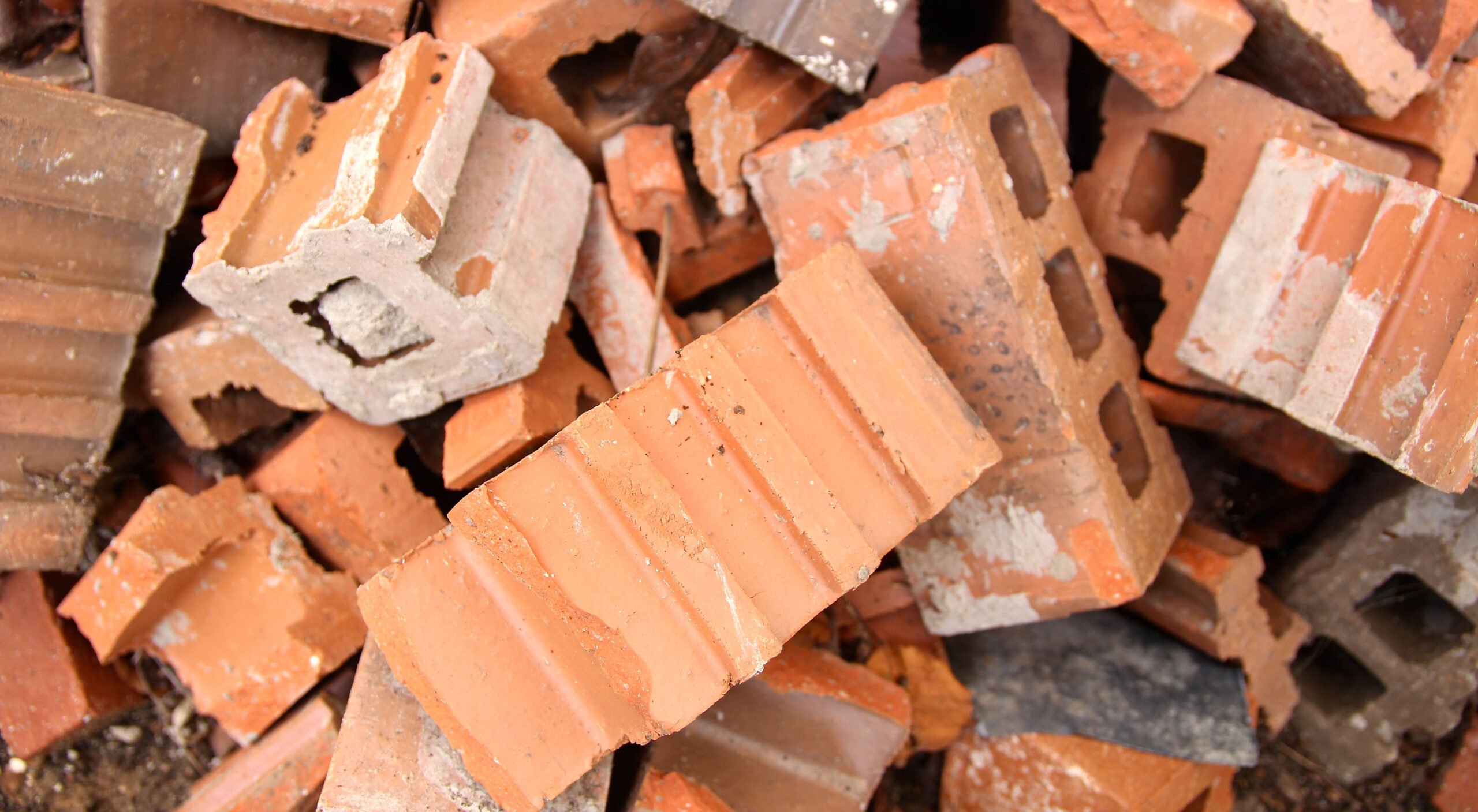You Can't Always Get What You Want - "Economic Waste" in Construction Defect Claims

The Rolling Stones’ Mick Jagger famously sang, “You can’t always get what you want, but if you try sometime, you’ll find you get what you need.” Jagger wasn’t singing about damages in construction defect litigation. But his message rings true, especially when the cost to repair a defect is high and the final product meets the owner’s requirements.
The goal of any construction project is to build a structure that meets the owner’s needs. If the project does not meet that goal, the owner will want the shortfall corrected. When a defect is major, preventing any practical use of the building, a repair is almost always necessary. A non-functioning electrical system or a foundation sinking into the earth requires repair. But what about conditions that don’t substantially impair the use of the finished project? Must a contractor remove and replace components even if those components function properly?
Contractors understand that the owner should receive the finished product called for in the contract. If it does not, the owner has not received what it paid for. But even in that case, the owner is not always entitled to precisely what the contract specifies. Examples of this problem abound. Perhaps a new parking lot is discolored but otherwise has a smooth and functional surface. Or what if a residential construction contract calls for copper water supply lines but the builder uses PVC? Or a contractor uses the wrong color mortar and brick?
In a defect dispute, the owner is generally entitled to the building as specified in the contract. Often that means the owner receives the cost to repair and place the project in the condition called for in the contract. But if the cost to repair is grossly disproportionate to the actual benefit of that repair, should the owner receive that remedy? This question highlights the concept of “economic waste.”
“Economic waste” is a legal protection that prevents the unnecessary use of financial resources to repair a defect. With the discolored brick and mortar, must the contractor fully remove and replace the brick? What if the mortar is not only discolored but also structurally weak? If the building lacks structural integrity, most courts would require removal and replacement. But if the only defect is the use of the wrong color, should the result be the same? Although each case is unique, a cosmetic defect often does not justify complete removal and replacement. In that instance, the excessive cost to remove and replace components outweighs the benefit to the owner.
What about the case of a garage built using trusses different than those shown in the plans? The storage area ceiling is six inches lower than expected. Must the contractor remove the roof and trusses and replace them? Unless the structure is unsound, probably not. The cost to do so would be extreme. And in most cases, that cost would be disproportionate to the value of the extra storage space – an “economic waste.” Instead, the owner should receive the difference in fair market value between the structure as contracted for and the structure as built. This ensures the owner pays for what it received. It also prevents unnecessary economic harm to a contractor when it substantially complied with the contract.
Of course, not all instances of cosmetic defect implicate economic waste. If cosmetic elements are the primary purpose of a component, replacement may be necessary to achieve substantial compliance. But when a contractor substantially complies, an owner has no right to perfection, especially if achieving perfection is disproportionately expensive.
When facing a defect, an owner must consider whether a repair short of removal and replacement would allow the building or system to function. If so, that alternative may be appropriate and legally required. But contractors must understand the importance of full compliance whenever possible. And they must be ready to craft a remedy that gives the owner a finished product it can use.
In This Article
You May Also Like
From No-Shows to Notices: A Guide to Navigating Labor Disruptions Five Critical Construction Contract Provisions Every Project Owner Should Consider